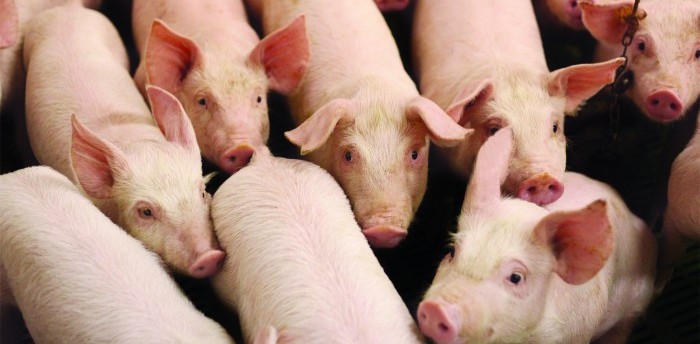The total number of pigs in the EU (including the UK) remained relatively steady in the year to December 2019, at 147.9 million head, according to provisional data from Eurostat.
The relative stability follows a period of decline, which had still been apparent in the May/June census.
Germany had another year of herd contraction, with total numbers down 520,000 head on the year amid future uncertainty, while numbers in France, Belgium, Bulgaria and Hungary also fell, AHDB analyst Hannah Clarke said.
This offset continued growth in the Spanish herd, which was up 440,000 head from December 2018. Numbers also grew in Poland and Romania, perhaps suggesting some improvement in the management of ASF.
Ttotal EU female breeding herd remained stable on the year at 11.8 million head, with a small degree of growth coming from gilts. Noticeable declines came from Germany (-53,000 head), France (-34,000 head) and Hungary (-27,000 head).
However, growth in Dutch and Spanish breeding sow numbers (+ 80,000 and +77,000 head, respectively) outweighed this.

But Ms Clarke described the growth in Dutch sow numbers in December as ‘somewhat unexpected’, considering the industry’s current environmental regulations, alongside the trend in the country’s April census data, and anecdotal reports. These figures ‘may not be representative of current market conditions’, she said.
The largest negative contributor to overall EU numbers was the number of fattening pigs of 80-110kg, which fell 620,000 head on the year. Numbers of pigs under 20kg also fell notably, by 570,000 head. This outweighed increases in the number of fattening pigs of 50-80kg and over 110kg.

“While there is variation among member states, stability in EU pig numbers overall at December 2019 points to stable production in the first half of 2020,” Ms Clarke said.
“Slight growth in sow numbers suggests that production could record some modest growth in the latter part of the year. How trends develop in the Dutch herd will be influential in this.”




